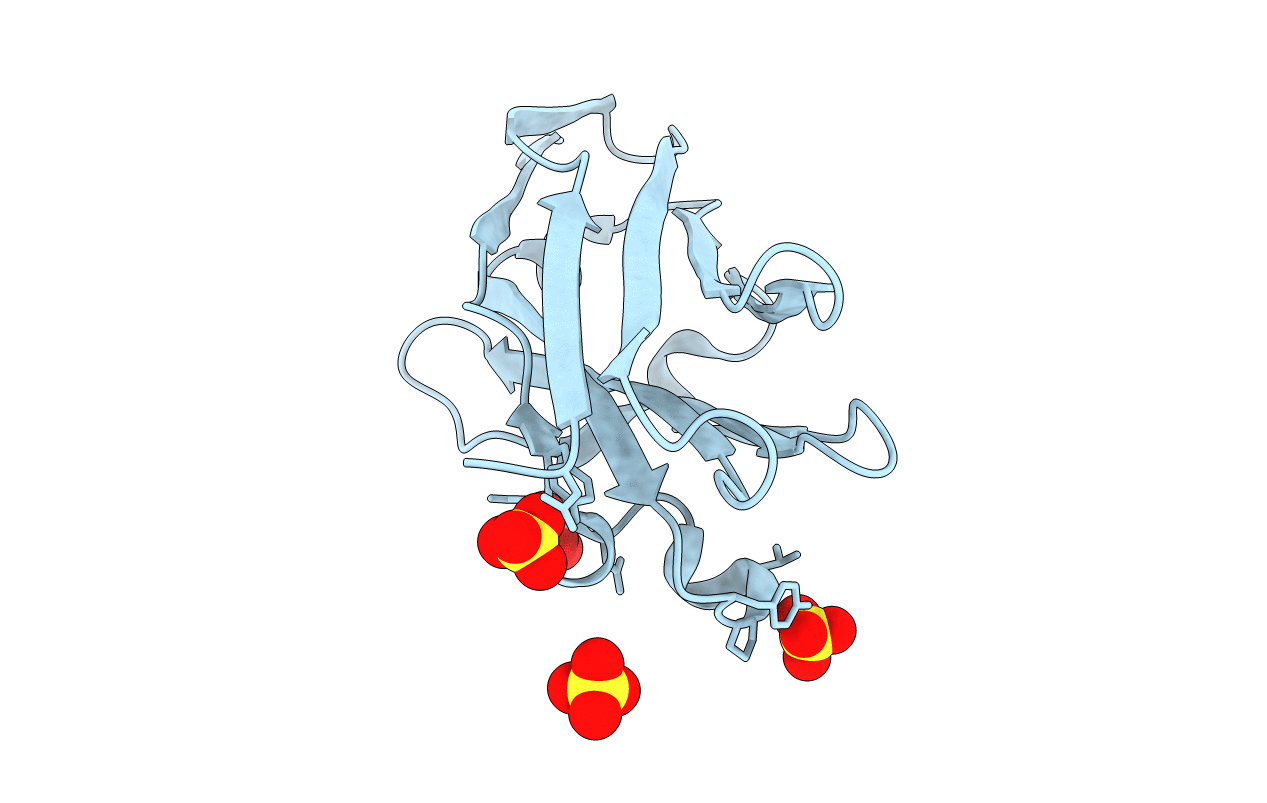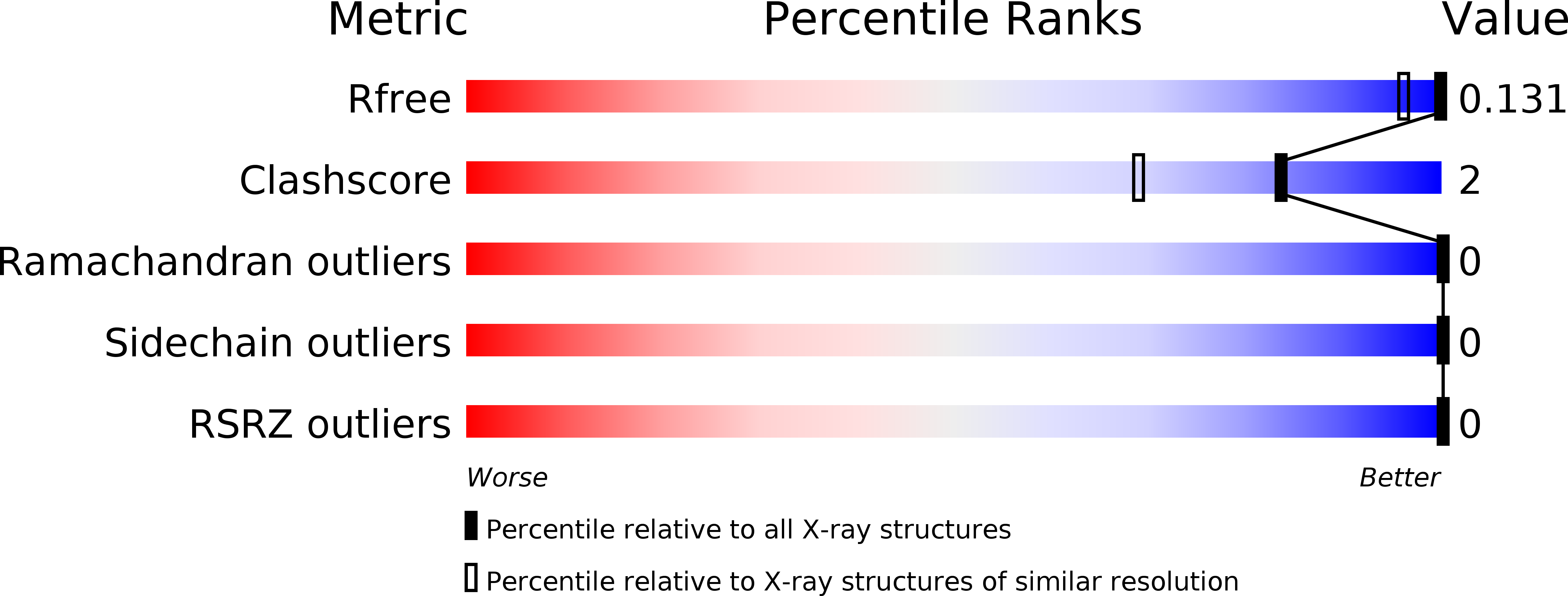
Deposition Date
2019-01-25
Release Date
2019-11-06
Last Version Date
2023-11-22
Entry Detail
Biological Source:
Source Organism:
Camelus dromedarius (Taxon ID: 9838)
Host Organism:
Method Details:
Experimental Method:
Resolution:
1.15 Å
R-Value Free:
0.12
R-Value Work:
0.10
R-Value Observed:
0.10
Space Group:
P 1 21 1


